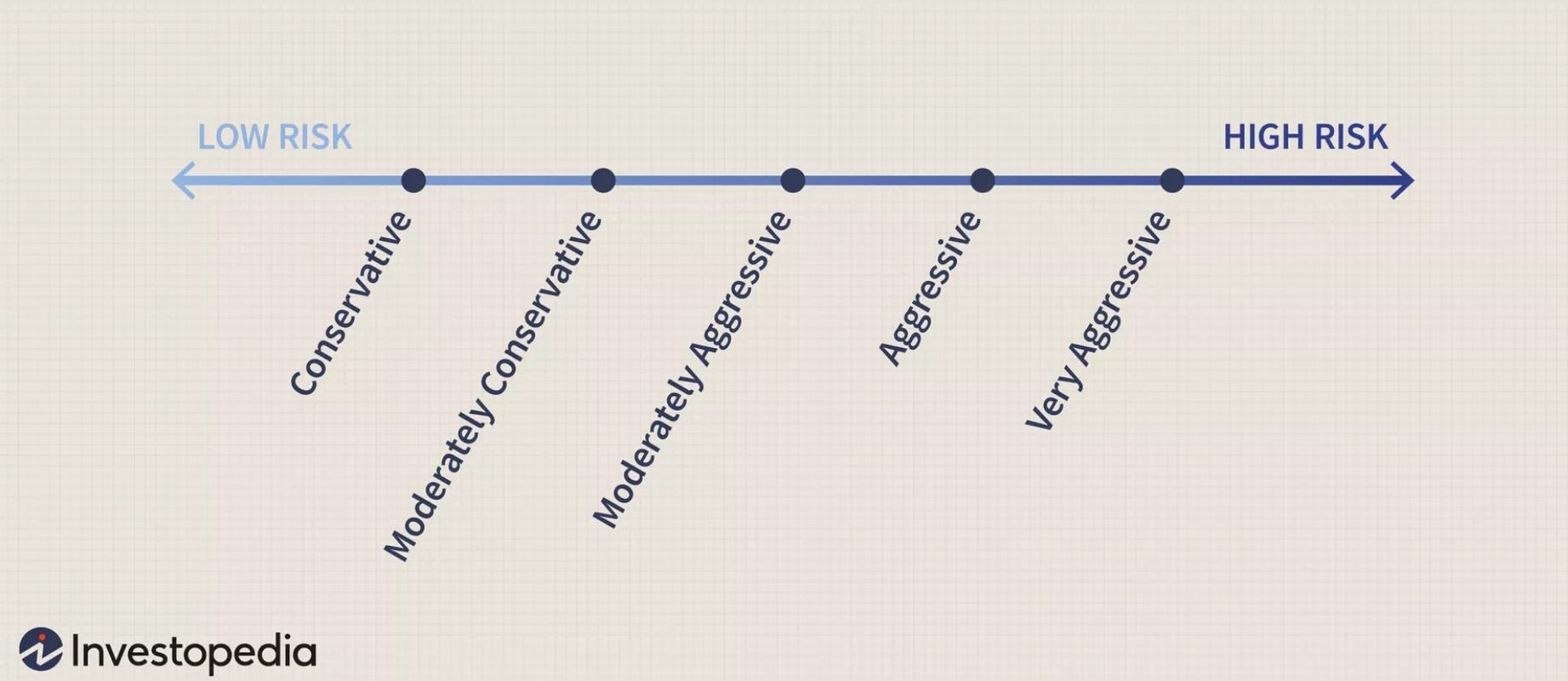Can Bitcoin, ETH, XRP, and the likes end the 60-40 portfolio standard?

Investing can be a daunting task, be it a newbie or an experienced investor. This involves selecting different assets that gel well with each other and return a good profit. An extension of investing is creating and maintaining portfolios.
What makes a portfolio?
Creating a portfolio is the opposite of putting all your eggs in one basket. It involves, allocating your money in different assets with two main goals – preserve/increase the wealth and minimize risk.
This can be done via 3 methods
- Selecting different weights for assets included in the portfolio
- Finding a balance between minimizing risk and maximizing rewards
- Diversification
Together, points 1 and 2 have the same goal, which can be achieved by either changing the asset and/or varying the weight of the assets.
1. Weighting indices
Traditionally, investors have been told that a standard portfolio contains 60% of its holdings in equities and 40% in bonds. This was and to some degree even now, is considered the best way to invest that minimizes risk and yields a steady return.
The 60% which contains the equities usually includes the Standard & Poor’s 90, the Wilshire 5000 Index, the MSCI US Broad Market Index, and the CRSP US Total Market Index, etc.
This 60/40 portfolio referred to as a balanced portfolio has an average annual return of 8.6% over the last 93 years.

Source: Vanguard
In fact, the portfolio combination with stocks and/or bonds has never yielded an average annual return of more than 10%. An exception was with a portfolio containing 100% of stocks; this had an average annual return of 10.1%.
While creating a portfolio, one has to take care of the weight given to different assets/indices. Based on this weightage, the investment is done, hence, it is necessary to select assets with a proper history of risk/reward, that suits the investor’s needs.
Popular assets included in a traditional portfolio include the S&P 500, Willshire 5000 Index, the CRSP US Total Market Index, the MSCI US Broad Market Index, the Lehman Brothers U.S. Long Credit AA Index, Citigroup High Grade Index, the Barclays Capital U.S. Aggregate Bond Index, the Barclays U.S. Aggregate Float Adjusted Bond Index, etc.
2. Finding the balance between minimizing risk and maximizing rewards
A good portfolio contains a mix of assets that yield good returns and simultaneously have low risk. Take, for example, the Sharpe ratio for the S&P 500 for the last 10-year show that it is 0.84. with a max drawdown of -20% and a standard deviation of 13.25.
According to Google, Sharpe Ratio measures the performance of an investment compared to a risk-free asset, after adjusting for its risk. Hence, the higher the ratio better the asset’s reward compared to its risk.
Usually, a Sharpe ratio above 1 is considered good, but since S&P 500 is close to this value, its risk-to-return is much better than many assets, and hence used widely.
For the standard portfolio of 60/40, this can be done by changing the ratio of the assets – for example

Source: Vanguard
Apart from finding the right balance, one also needs to eye on how to maximize returns. This can be done using balancing – ie., adding/removing under-performing assets with high risk.
Emerging markets are chosen by many individuals that are willing to take on more risk. Emerging markets are subject to more than average volatility hence carry with them more risk but at the same time, provide high returns as well.
Over the last 5 years, the MSCI index, shows a return of 210%, whereas the SPX and Dow have 72% and 63% returns for the same period. However, during the March crash, one can see the valley of the crash is much deeper than SPX or Dow, which shows the drawdowns are much more than safe assets like SPX or Dow.
Types of Portfolios
Investing portfolios can be broadly classified into 5 types according to Investopedia
- Conservative portfolio
- Moderately conservative portfolio
- Moderately aggressive portfolio
- Aggressive portfolio
- Very aggressive portfolio

Source: Investopedia
Depending on the type, the risk for the portfolio selected varies as shown above. Additionally, the conservative portfolio consists of 70-75% of fixed income securities, 15-20% of equities, and 5-15% of cash equivalents. A very aggressive portfolio, on the other hand, consist of 80-100% in equities, 0-10% in cash equivalents, and fixed income securities.
3. Diversification
This is perhaps, the most important part of building a portfolio. During times of financial turmoil, or a Black Swan event, inflation, etc, equity markets tend to tank, so will a lot of other markets. Hence, if a portfolio consists of 100% equities, the entirety of the investment will get wiped out, which defeats the purpose of investing. So, one should take care to add assets that act as a hedge against events that hurt one’s investment.
The most popular example of a hedge is gold. Gold not only acts as a hedge against financial events like a recession but also acts as an inflation hedge. Hence, a lot of these portfolios include gold and other precious metals that have a good stock-to-flow ratio.
This point brings us to the most important topic of discussion – the current global financial scenario. Due to COVID, shockwaves have been felt through the economies of major countries across the world. Widespread lockdown to control the spread of COVID has caused the economy to go into shambles. This has resulted in the rampant printing of money by central banks hence increasing inflation to new highs.
Central banks have even reduced the interest rates to a level where it has gone negative. Hence, the standard 60-40 portfolio with cash equivalents would have suffered a lot. Moreover, Bank of America’s research declared ‘the end of the 60-40’ standard portfolio.
The core premise of every 60/40 portfolio is that bonds can hedge against risks to growth and equities can hedge against inflation; their returns are negatively correlated.
The research stated,
“The big risk is that the correlation could flip, and now the longest period of negative correlation in history is coming to an end as policy makers jolt markets with attempts to boost growth.”
While most traditional players are far from identifying the next best asset, some aren’t. This is where cryptocurrencies play a major role in not just investing but also retaining one’s wealth and even growing it.
Bitcoin, unlike traditional assets, is popularly named as an uncorrelated asset and acts as a hedge against inflation. Cryptocurrencies, in general, are a whole other class of assets, which can vastly help improve one’s portfolio performance.
While this article provides basic information on portfolios, the next article details how cryptocurrencies can positively help portfolios. In addition, the article will also detail multiple crypto-only portfolios to suit almost everyone’s risk appetite.


